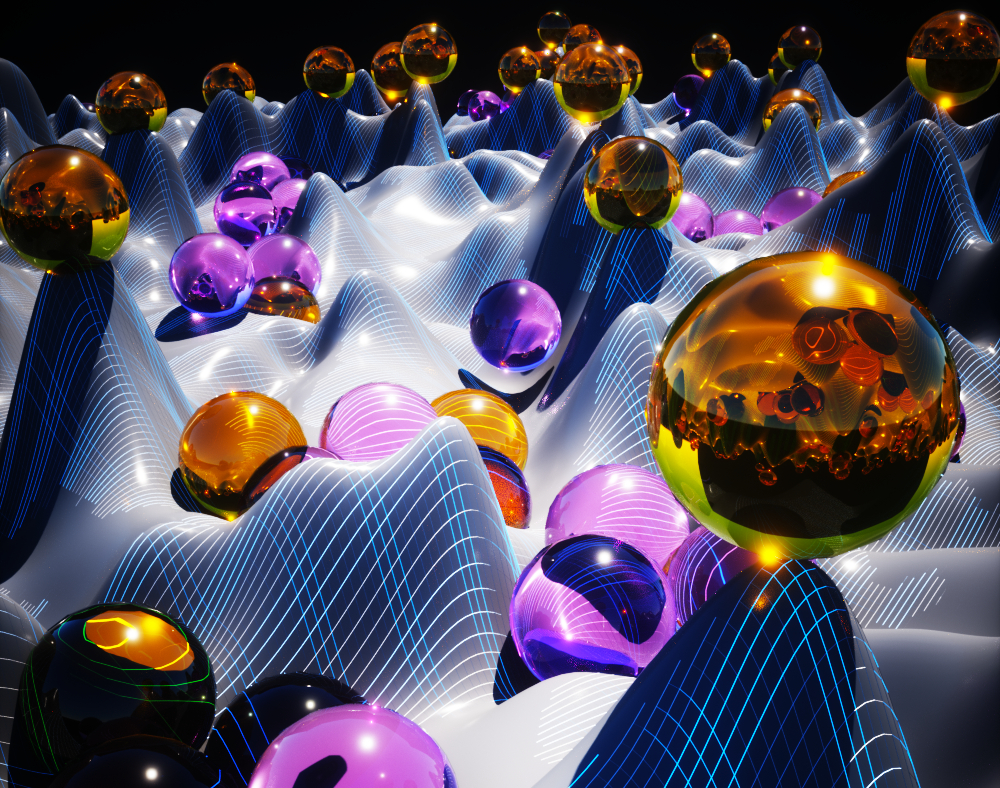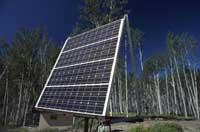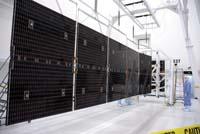Messy perovskita increases efficiency of solar panels
2019/11/12 Agirre Ruiz de Arkaute, Aitziber - Elhuyar Zientzia Iturria: Elhuyar aldizkaria

Nature Photonics has published research that can boost new generation solar panels. In order to replace silicon with perovskite materials, researchers at the University of Cambridge have realized that a certain chemical disorder increases its effectiveness. In fact, in this disorder they have seen that in the lamina of perovsquita areas of different composition are created, valleys and mountains that can be better captured by the load carrier. Now you must identify the right degree of mixing.
During the last decade, perovskite materials have been introduced with great force, believing that the lead salts necessary for their formation are much more abundant and cheap than the crystalline silicon used in the manufacture of conventional solar cells. The ink can be prepared in a simple liquid to print and form a layer of material. Now, the fact that the need for fully ordered structures is not clarified will further simplify its manufacture.
The perovskita, sensitive to moisture and whose structure is changing over time, has problems to solve, but the authors of the work point out that it can provide new opportunities. Because the very thin layer of perovskite is sufficient to achieve an efficiency equivalent to silicon, its placement in the windows is being studied. In addition, the overlap of two layers of perovskita of different colors is being investigated so that they can better take advantage of the spectrum of sunlight.

Gai honi buruzko eduki gehiago
Elhuyarrek garatutako teknologia





